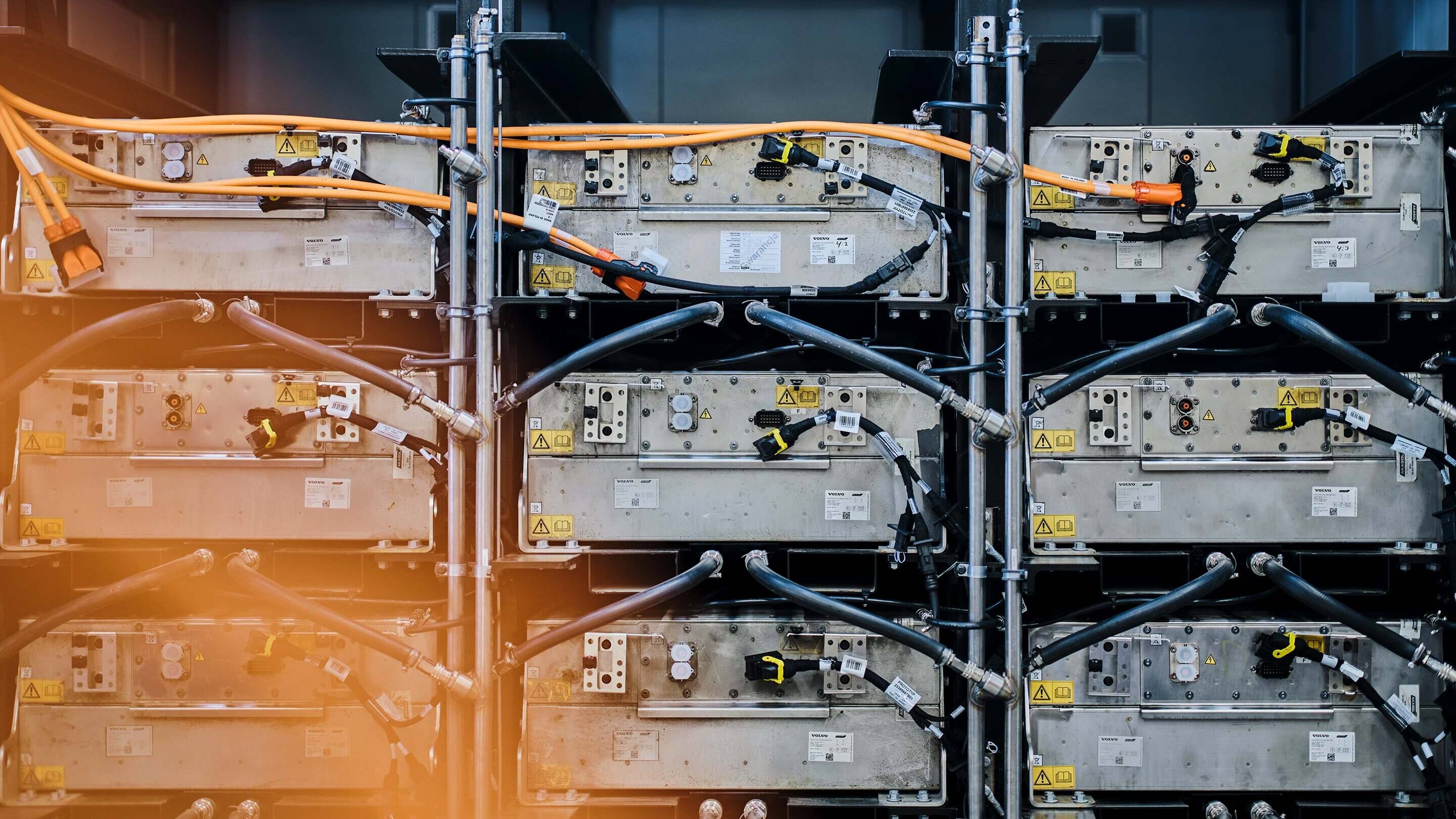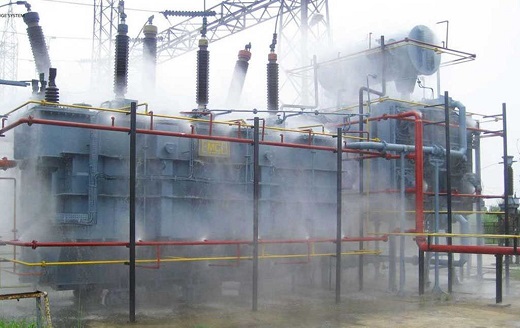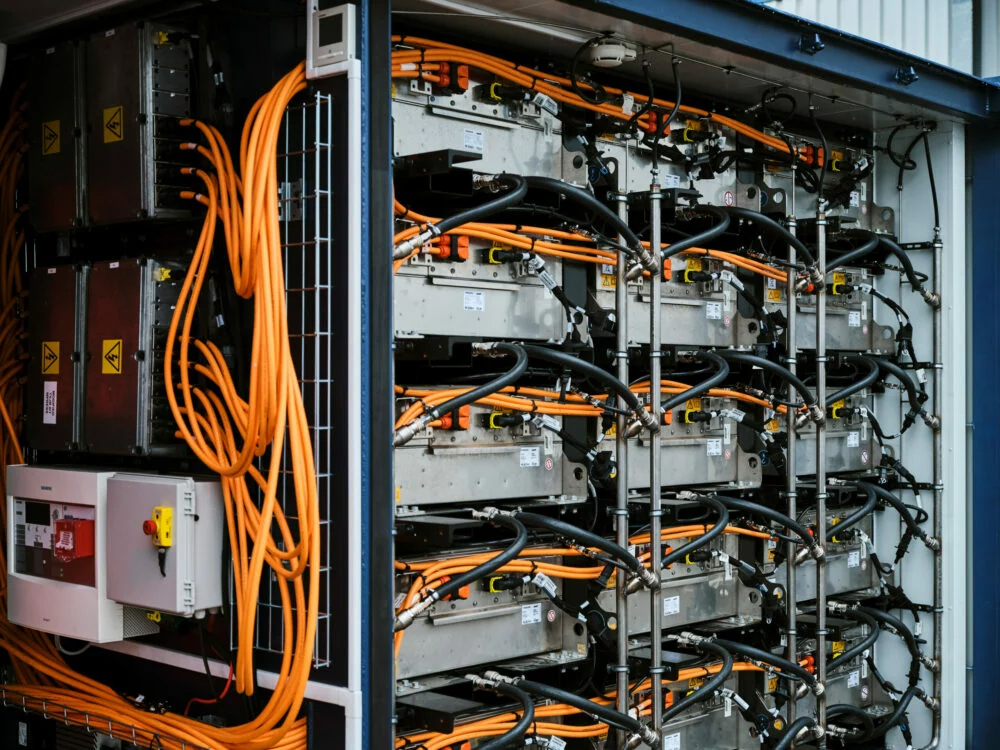
First, the safety hazards and fire extinguishing requirements of lithium batteries
Lithium batteries in the high energy density at the same time there are certain safety risks, one of the most prominent problems is overheating caused by fire. Because lithium batteries release heat during charging and discharging, if they cannot effectively dissipate heat, the internal temperature of the battery may rise to the temperature that causes a fire. In addition, due to the complexity of the internal structure of the battery, it may lead to internal short circuits, further increasing the risk of fire.
In order to improve the safety of lithium battery system, fire extinguishing technology came into being. The goal of fire extinguishing technology is to take quick measures to prevent the spread of fire in the event of an abnormal situation in the lithium battery. As an important part of the fire extinguishing system, the fire sprinkler nozzle needs to have the characteristics of rapid response and efficient fire extinguishing.
Second, the material selection of lithium battery fire sprinkler nozzle
The material selection of lithium battery fire sprinkler nozzle directly affects its performance and reliability. The following are some common lithium battery fire sprinkler nozzle materials and their characteristics:

1. Stainless steel:
Stainless steel is a commonly used lithium battery fire sprinkler nozzle material, with good corrosion resistance and mechanical strength. The advantage of stainless steel is that it has high stability and is not easily affected by the external environment. In addition, stainless steel also has certain high temperature resistance, which is suitable for the high temperature environment that may occur in lithium battery systems.
2. Copper alloy:
Copper alloy has become another common lithium battery fire sprinkler nozzle material because of its excellent electrical and thermal conductivity. The copper alloy can achieve high precision in the manufacturing process, ensuring the structure of the nozzle and the spray effect. However, copper alloys may be more susceptible to corrosion than stainless steel, so protective treatment is required in certain environments.
3. Ceramics:
Because of its high temperature resistance and corrosion resistance, ceramic materials are also often used in the manufacture of lithium battery fire sprinkler nozzles. The ceramic nozzle has good high temperature resistance and can maintain the stability of the structure in case of fire. However, due to the brittleness of ceramics, there is a certain sensitivity to vibration and impact, so the strength of the structure needs to be considered more in the design.
4. Plastic:
In some low-demand application scenarios, plastic fire sprinkler nozzles also have a certain market share. Plastic has the advantages of light weight and low cost, but its performance in terms of high temperature resistance and mechanical strength is relatively poor, so its application in high-demand lithium battery systems is limited.
Three, lithium battery fire sprinkler nozzle design considerations
1. Sensitivity:
The sensitivity of the sprinkler nozzle refers to how quickly it can respond and spray the extinguishing agent in the event of a fire. The choice of material is directly related to the sensitivity of the fire sprinkler nozzle, and should be optimized according to the characteristics and needs of the lithium battery system.

2. Corrosion resistance:
Since the working environment of lithium batteries may be affected by certain corrosive gases or liquids, the material of the fire sprinkler nozzle needs to have good corrosion resistance to ensure that material damage will not occur in long-term use.
3. High temperature resistance:
Lithium batteries may have high temperature in abnormal circumstances, so the material of the fire sprinkler nozzle needs to have a certain high temperature resistance to ensure that it can still work normally in the event of a fire.
4. Mechanical strength:
The nozzle needs to be subjected to a certain amount of water pressure or extinguishing agent pressure, so its material needs to have sufficient mechanical strength to prevent breakage or deformation during use.
5. Maintainability:
The fire sprinkler nozzle of the lithium battery system needs regular inspection and maintenance, so the design should consider the structure that is easy to disassemble and replace to ensure the reliability and stability of the system.
6. Environmental protection:
In the selection and design of materials, the environmental protection of fire extinguishing agents should also be considered to avoid the use of materials that have adverse effects on the environment.
Fourth, future development trends and challenges
With the rapid development of electric vehicles, renewable energy and other fields, the safety requirements of lithium battery systems continue to increase, and the demand for fire extinguishing technology and fire sprinkler nozzles is also increasing. In the future, the development of lithium battery fire sprinkler nozzles may show the following trends:
Intelligent design:
The sensor and control system are used to realize the real-time monitoring of the lithium battery system and the intelligent control of the fire sprinkler nozzle. This helps improve the adaptability and flexibility of the system.
Application of new materials:
With the continuous emergence of new materials, such as carbon nanotubes, it is possible that lighter, more heat-resistant, and stronger materials will be applied to the manufacture of fire sprinkler nozzles to improve their performance.
Green extinguishing agent:
Environmental protection is an important direction of future development, and the research and application of more environmentally friendly fire extinguishing agents will become a key point to reduce the negative impact on the environment.
Modular design:
The modular design makes fire sprinkler nozzles easier to maintain and replace, while improving the reliability and maintainability of the system.
Development of international standards:
With the development of the global lithium battery industry, there may be more international standards related to the design, manufacture and application of lithium battery fire extinguishing systems and sprinkler nozzle heads to ensure safety and interoperability on an international scale.
However, lithium battery fire extinguishing technology still faces some challenges. For example, how to ensure the reliability and stability of the fire extinguishing system under extreme conditions such as high temperature and high pressure, and how to balance the relationship between fire extinguishing speed and fire extinguishing effect need to be continuously discussed and solved in future research.
In general, as an important part of the safety of the lithium battery system, the lithium battery fire sprinkler nozzle needs to consider multiple factors in material selection and design to ensure that it can respond quickly and efficiently in the event of abnormal situations, effectively control fire, and ensure the safety of personnel and equipment. The future development trend will continue to evolve in the direction of intelligence, environmental protection, and new material applications to adapt to the evolving lithium battery technology and market demand.


